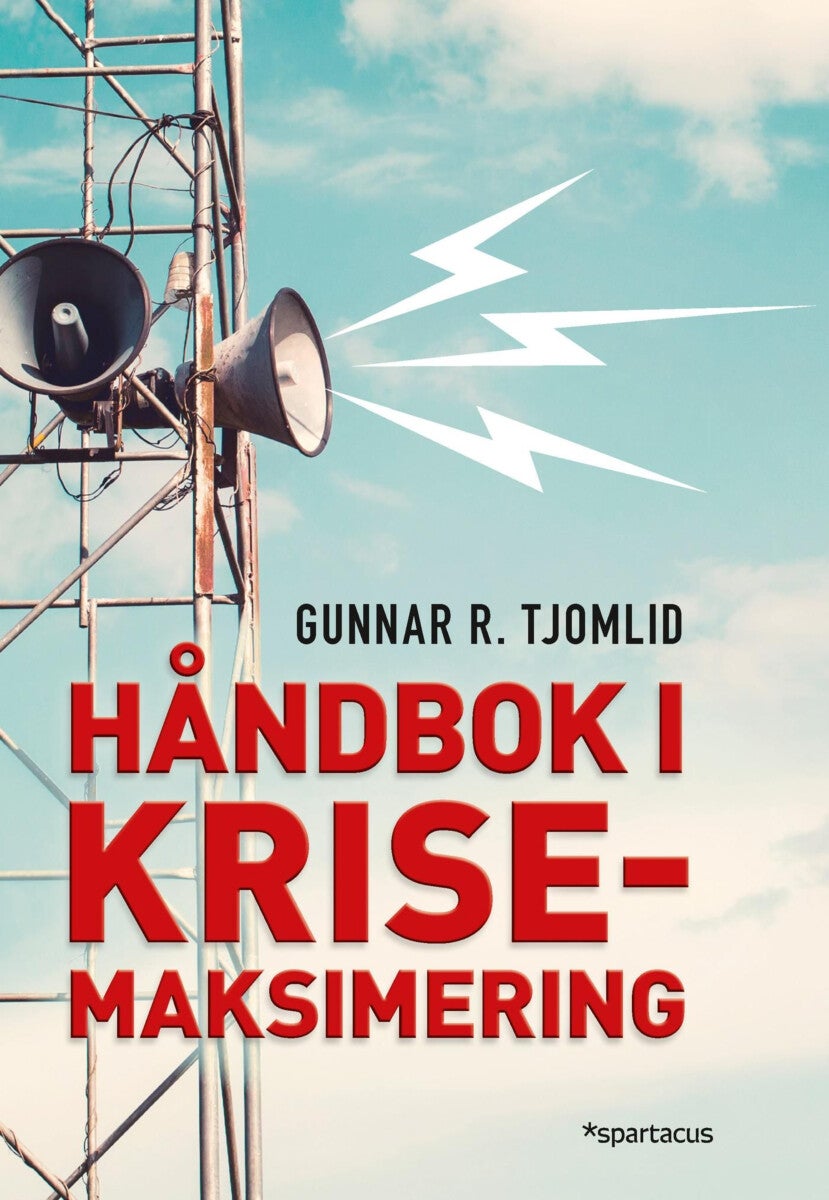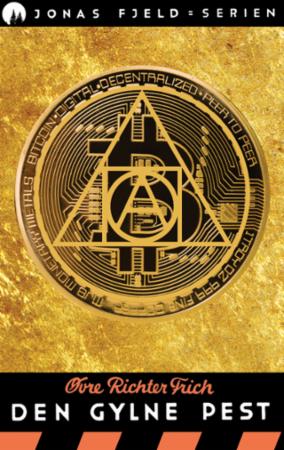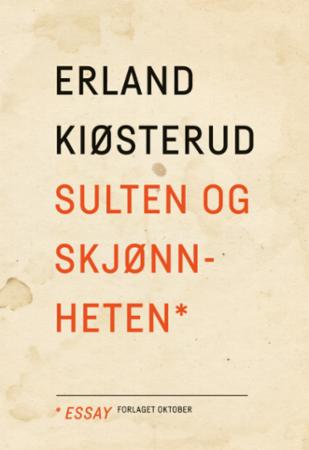
Transregional Europe av William (Newcastle University UK) Outhwaite
959,-
<i>Transregional Europe</i> continues a line of argument developed in<i> European Society</i> (2008), <i>Europe Since 1989</i> (2016) and <i>Contemporary Europe</i> (2017). It integrates work in human geography and planning with related scholarship in history and the other social sciences, covering public perceptions of European macro-regions and EU macro-regional planning. <div><br></div><div>Are Europeans increasingly thinking, like North Americans, of their (sub-) continent in broad North/South and East/West categories? Are the macro-regional constructs such as the Danube or Baltic region identified or constructed by European policy-makers real, imaginary, or both? What is the relation between Europe and Eurasia and their respective political structures? </div><div><br></div><div><i>Transregional Europe</i> bridges the gap between stereotypical generalisations about southerners, the ''wild East'', and so on and the constructions assembled by national and transnational policy-makers.








